Europe
Expand your horizons with a European adventure. Celebrate the rich history and diverse cultures of Spain and France.
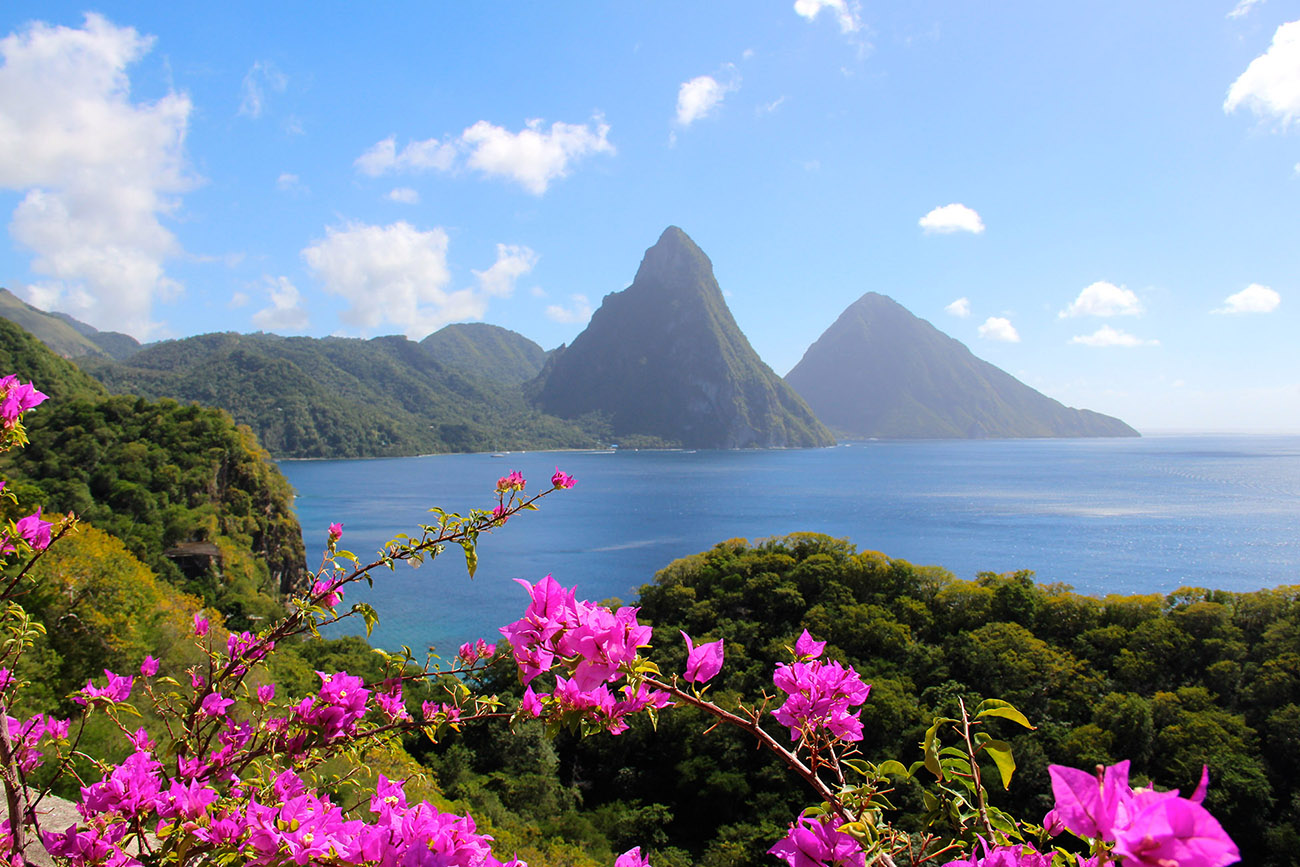
Cruising with Club Points Pointers
There’s no vacation quite like a cruise. From the practically all-you-can-eat food and all-you-can-do activities to the exotic locations and ocean views, a cruise isn’t just a vacation — it’s an experience. To find your next cruise adventure, head online to browse all the destinations and cruise ships available. Don’t miss your chance to use…
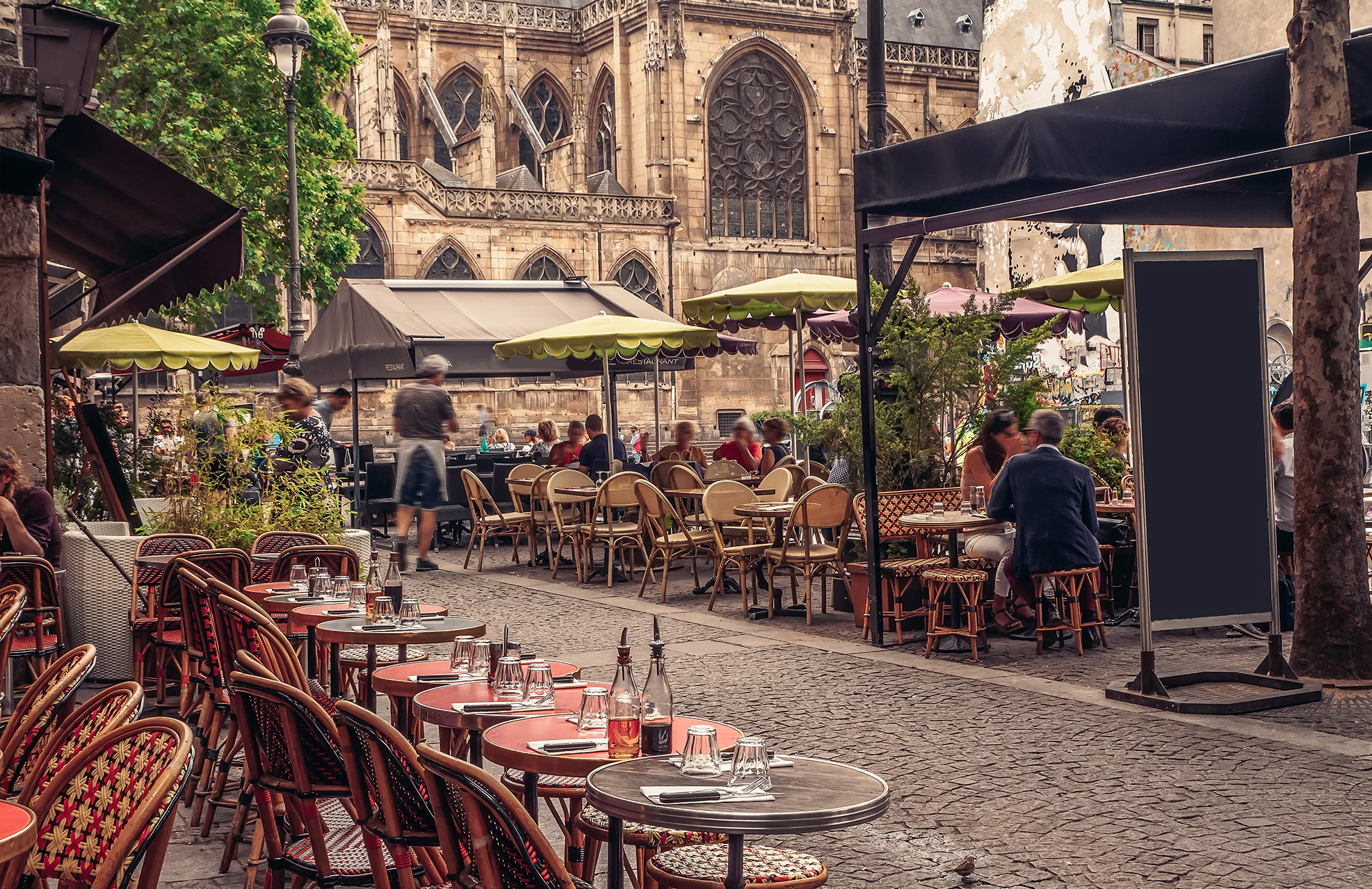
Paris Itinerary: From History and Shopping to Visiting a Royal Palace
With all the shopping and cultural experiences available in Paris, now is the perfect time to plan a vacation to Marriott’s Village d’Ile-de-France. Here are some planning tips for fun daytrips to Paris and the surrounding region: TO PARIS FOR SHOPPING, ART Just 25 miles from your resort accommodations, Paris is close for a daytrip…
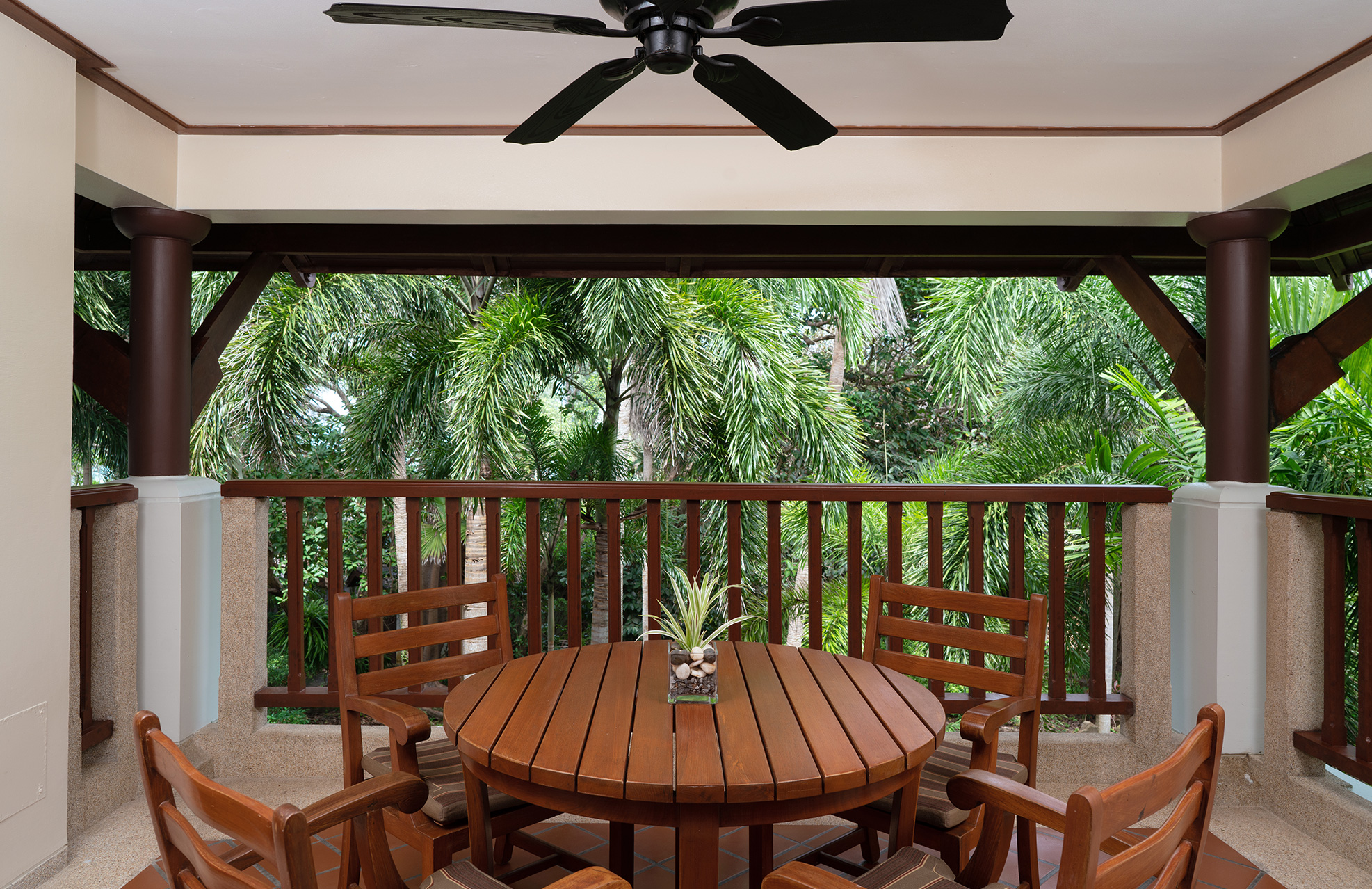
The Best Remote Work Destinations so You Can WFH Anywhere
Office With a View: Working Remotely Remote working doesn’t have to resort to hunching over a desk with a view of a cubicle wall. Instead, you can open your laptop by a window that overlooks the Manhattan skyline, crunch numbers between laps in an infinity pool by the ocean, or host a virtual meeting with…
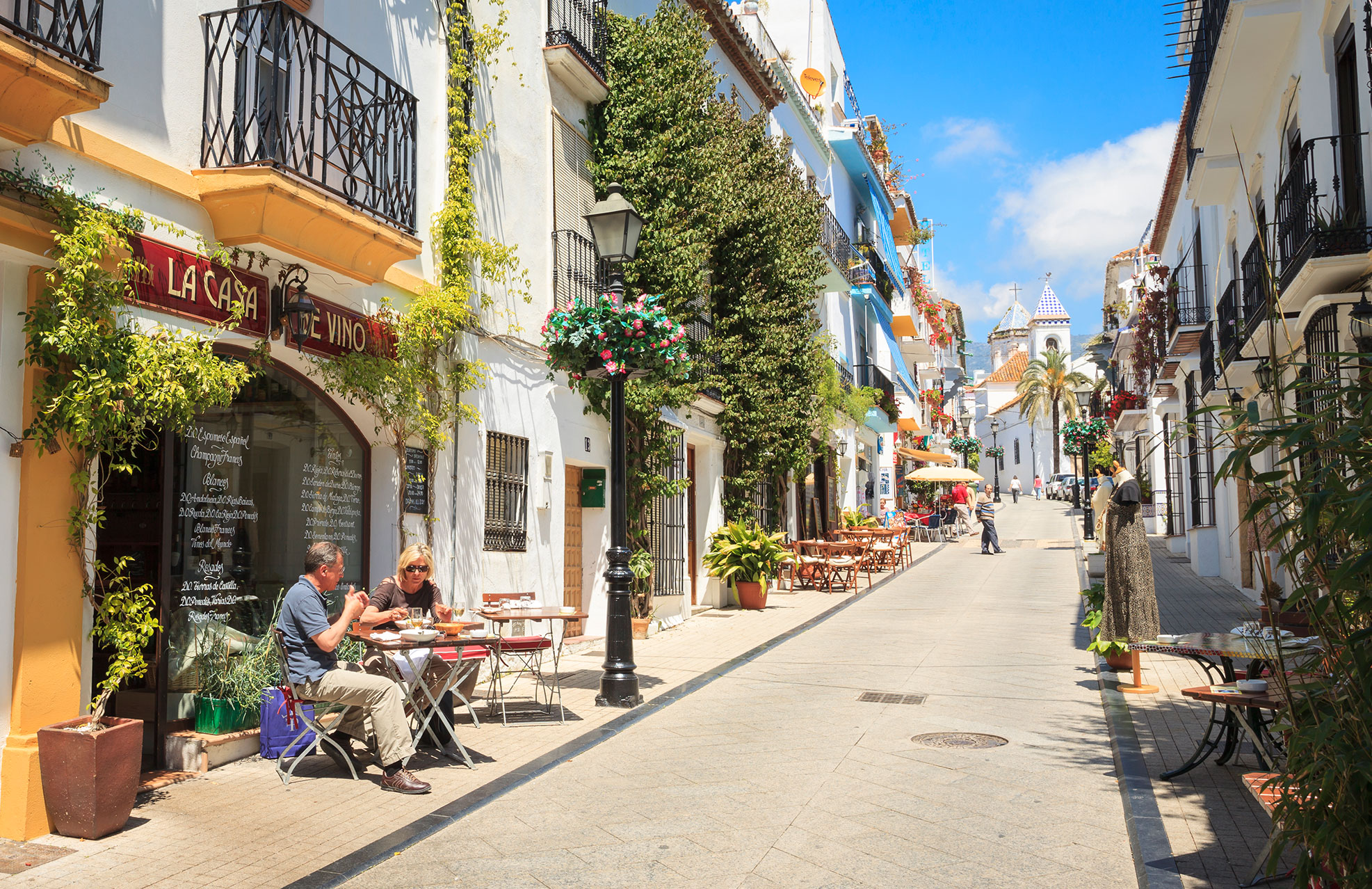
Outdoor Things to Do in Marbella, Spain
Known for its warm and sunny climate, Marbella, Spain, beckons with pristine beaches, dramatic scenery, and a rich history dating back to ancient times. Whether you’re looking to relax by the pool or beach, explore Old Town, or play golf, you’ll find just what you need for a perfect getaway under the sun. STROLL OLD,…
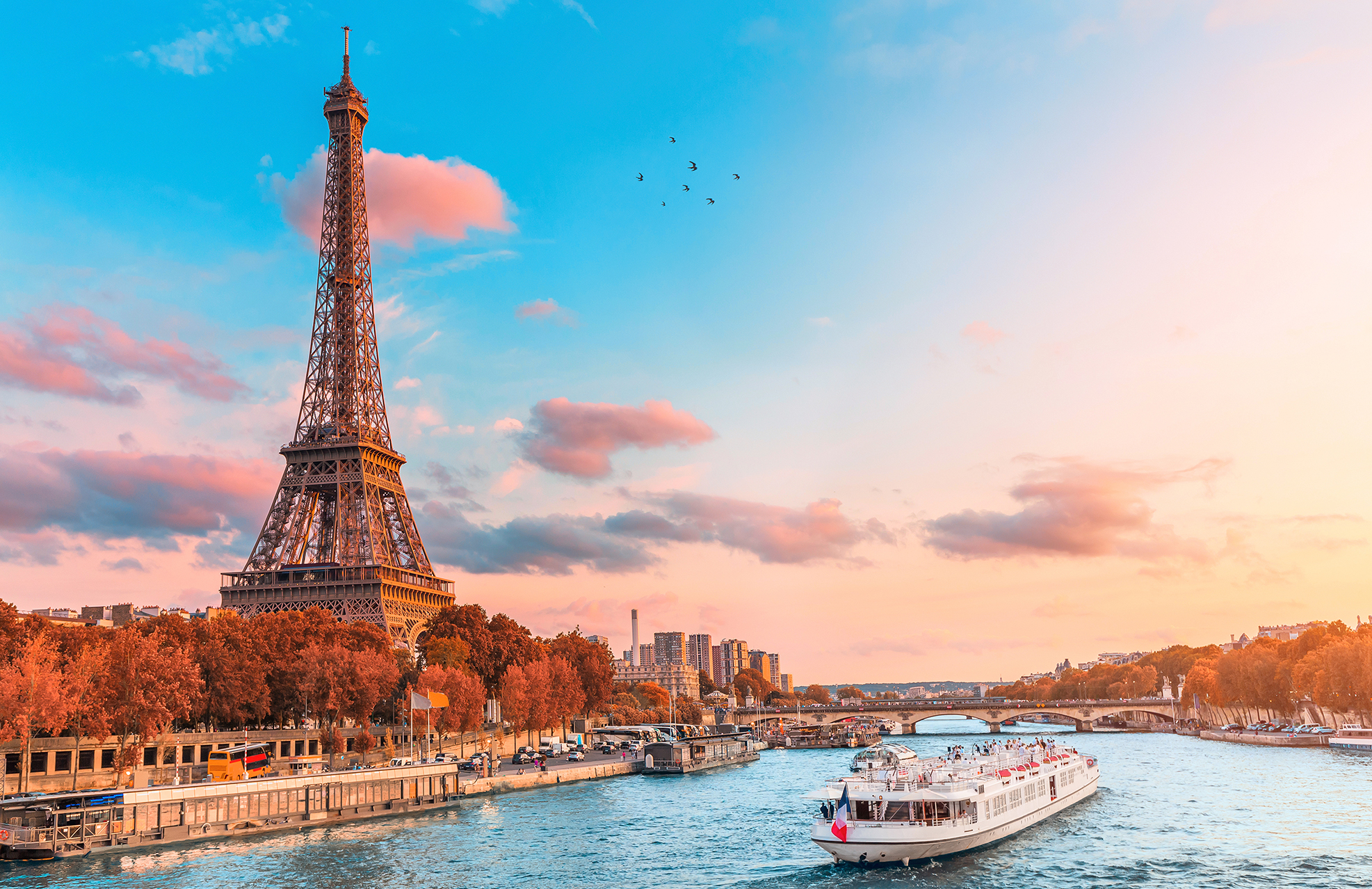
From Shopping to Culture, These Are The Top Things to Do in Paris
Dreaming of a vacation to Paris? When you stay at Marriott’s Village d’Ile-de-France, you can easily visit Paris for fascinating entertainment, history, and cultural activities. Prepare for days strolling along the Seine, shopping high-end labels for less, and toasting your vacation with a glass of Champagne — directly from the source. IMMERSE IN LOCAL CULTURE…


